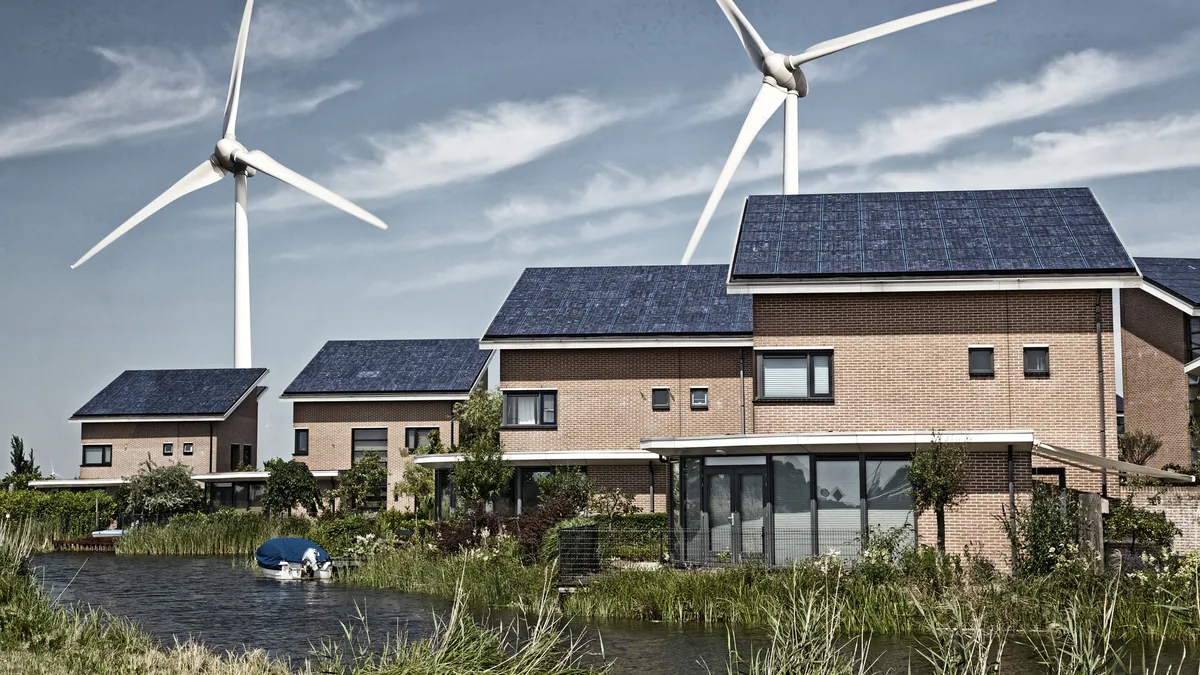The following viewpoint is from Robert E. Latta (R), Representative for Ohio's 5th congressional district, and Jerry McNerney (D), Representative for California's 9th congressional district. They co-chair the Grid Innovation Caucus.
One of the most pressing challenges facing lawmakers today is the need to update and modernize an aging American infrastructure, including the way we produce, distribute and consume energy.
The American energy grid serves as the backbone of our economy, touching every aspect of our lives. A reliable grid system is also fundamental to our national security and our clean energy future. As co-chairs of the bipartisan Grid Innovation Caucus, oversight and modernization of this complex and critical infrastructure is one of our key priorities.
For lawmakers to encourage and enable innovative advancements that can improve the security and reliability of our nation's energy grid, we must work on a bipartisan basis and actively engage with industry leaders. Fortunately, modernization and innovation of our energy infrastructure is already underway. What was once a one-way delivery system has evolved into a dynamic network where information and energy flow both ways.
For consumers, this means more customer choice, enhanced integration of all energy sources, and improved reliability and security. And for American electric companies that already invest more than $100 billion a year in our energy grid, it means creating new partnerships with companies whose cutting-edge technologies complement and enhance electric companies’ efforts.
To bring these parties together, the Grid Innovation Caucus, in conjunction with the Edison Electric Institute, the National Electrical Manufacturers Association and the GridWise Alliance, hosted the House Grid Innovation Expo. Lawmakers were invited to see the latest technologies that have resulted from joint efforts to build smarter energy infrastructure, and to discuss with company leaders a wide range of energy technology solutions, including storage, distributed energy management, advanced metering and storm resilience. These exhibits highlight some of the forward-thinking solutions that industry leaders are already utilizing to ensure the long-term security and reliably of our electric grid system.
Energy storage is rapidly improving and presents exciting opportunities for the grid’s integration of clean energy resources. Solar and wind aren’t available when the sun isn’t shining or the wind isn’t blowing. Right now, energy must be used as it’s generated. The latest storage technologies are flexible enough to enhance and benefit all aspects of the grid — generation to transmission to distribution.
Much has also been done in recent years to improve the grid’s resilience against storms and to enable electric companies to restore service quickly in the event of an outage. Since Hurricane Sandy hit in 2012, advanced technology such as smart meters, hardened poles that are more resilient to high winds, and automated switches on poles and wires that respond without the need for manual intervention have been deployed across the nation.
Technological advancements are also born from the need to secure the energy grid against potential physical and cyber threats. For example, technology allowing for the rerouting of power and quick response in the event of attacks is being deployed across the grid. The cooperation among federal, state and local governments is essential to protecting Americans and our nation’s infrastructure.
A more advanced grid benefits customers by giving them more information and control over how they use energy. To date, more than 70 million smart meters are deployed across the country in 55 percent of U.S. households and other home energy management devices are also becoming available. This is all made possible because of new technologies like cloud software and data analytics, and companies’ integration of these technologies with the energy grid.
While electric power industry and technology companies are making inroads to meet customers’ expectations and demands for cleaner and more customized energy services, Congress must also incentivize and encourage this continued innovation.
Given today’s cyber environment, it is more important than ever that Congress pursue policies that continue to foster these exciting developments and support our energy grid infrastructure.
Robert E. Latta (R) is the U.S. Representative for Ohio's 5th congressional district. Jerry McNerney (D) is the U.S. Representative for California's 9th congressional district. They are co-chairs of the Grid Innovation Caucus.





















